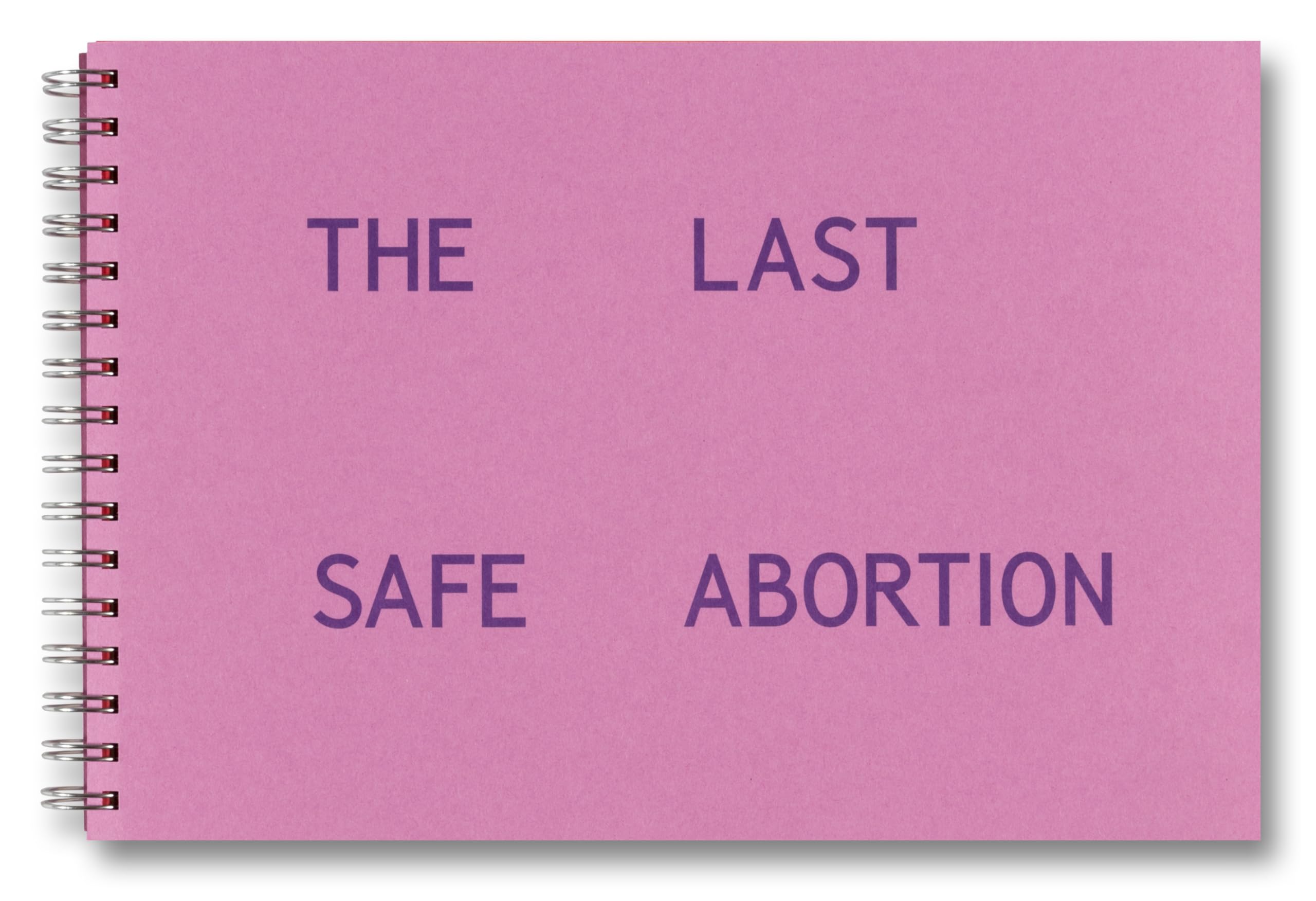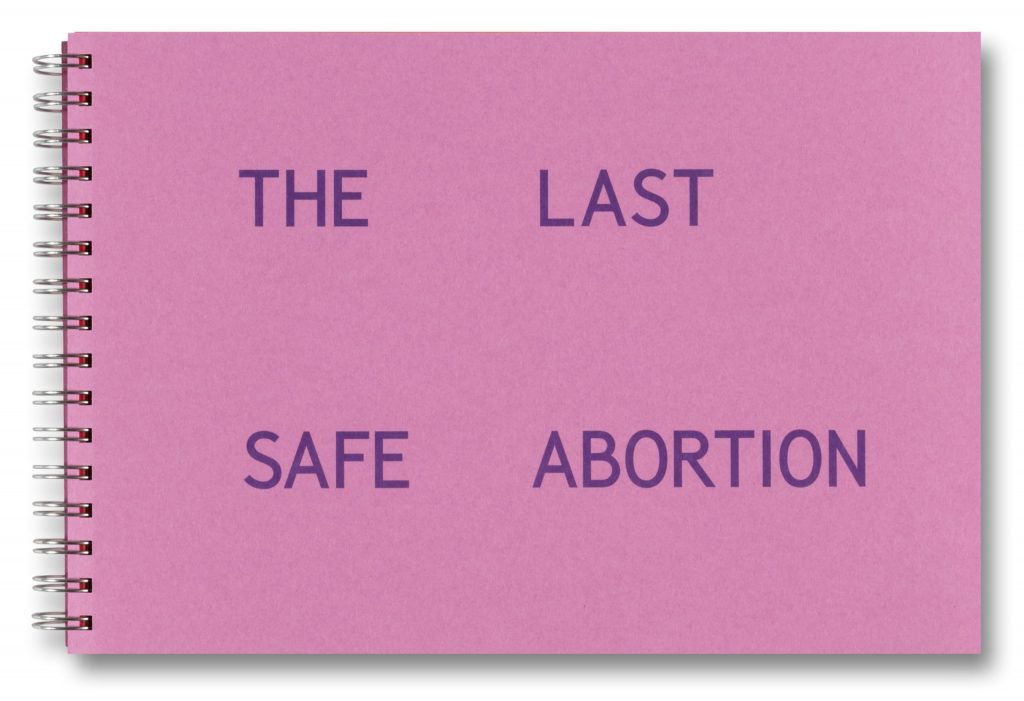
Reading Carmen Winant’s book, The Last Safe Abortion, stirs a profound emotional reaction within me, it blows my mind how this conversation is still so prevalent, not only in America but right here at home in the UK. I see the utter idiocy of those still protesting outside hospitals and clinics across Scotland, and I was genuinely delighted when the Safe Access Zones came into force last September. It is my unyielding belief that nobody, but the pregnant woman knows her full story, and therefore nobody but her should be making the final decision on this deeply personal subject. This book is a visceral testament to that truth, a powerful reminder that our rights are fragile and the fight to keep them is a daily act of resistance.
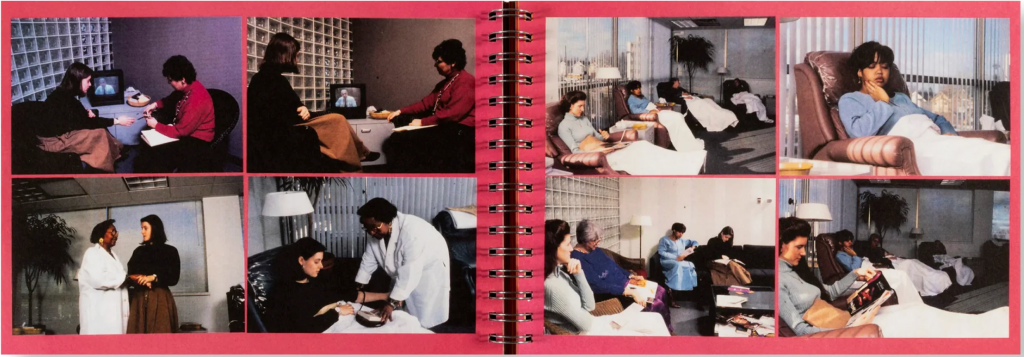
As I turn its pages, I’m struck by how different this work is from a lot of the photobooks I’ve met. This isn’t about grand artistic gestures, perfect compositions, or stylised colours. It’s a historic document, an unflinching look at a nearly fifty-year period in the United States when abortion was a constitutional right, from 1973 to 2022. It’s a recognition of the care, the advocacy, and the community that so many dedicated workers built. The pictures themselves are, at first glance, surprisingly regular. They show women answering phones, sterilising medical equipment, and even throwing staff birthday parties. Winant, an artist who has been involved in reproductive justice for a long time, consciously chose this approach to counter the way anti-choice activists have so effectively weaponised photography. She fills a void in our visual lexicon by proposing an alternate canon of abortion photography. This is photography as a tool for social change, not a mere document. It asks us to look at the mundane and the quotidian and see the immense work of care that exists within. It reminds me that the most powerful art is often not the most dramatic, but the most honest.
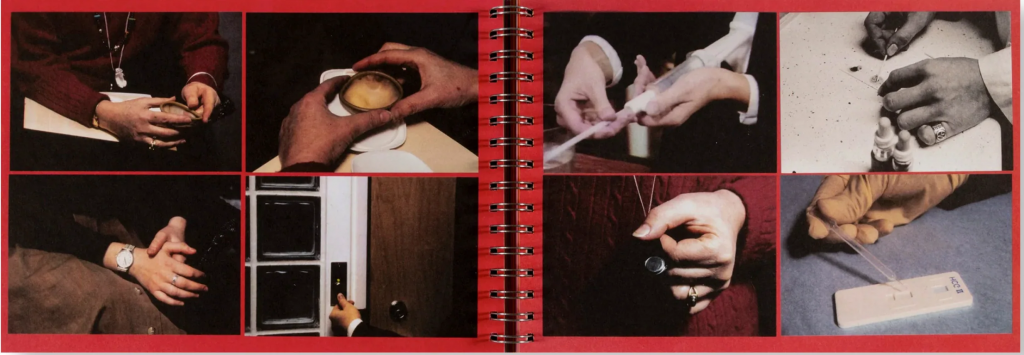
The book’s physical form itself speaks to this purpose. Its spiral-bound design, with its softback feel, makes it feel more like a family album than a typical photobook. The images, often in grids and mosaics, are mounted on vibrant coloured grounds. It’s a nod to Winant’s archival immersion, a process that saw her collect thousands of images from over a dozen personal, organisational, and institutional archives across the American Midwest. This tactile experience, as a recent article pointed out, reflects a conviction in the power of the tangible in an age dominated by the digital. It’s a book that demands to be held and lingered over.
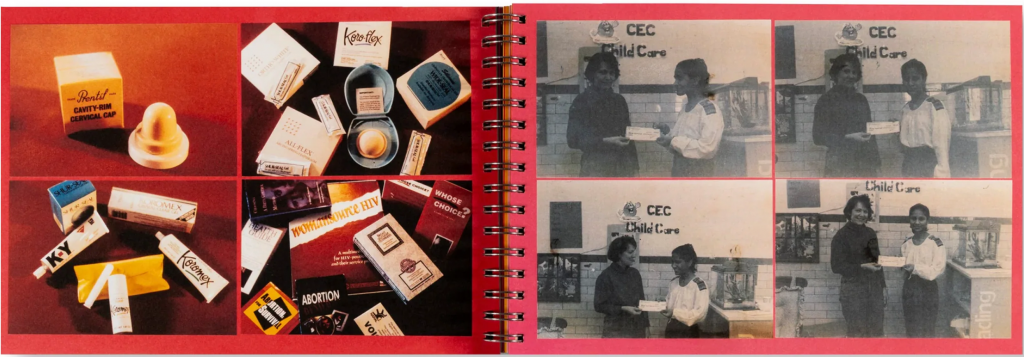
One of the most haunting things for me to see in this book is a quartet of images showing empty clinic spaces. Chairs are arranged in sterile rows under fluorescent glows, and the walls echo with an absence in muted tones of beige and green. This stillness is not serene, it’s pregnant with anticipation and resolve. It makes me wonder about the countless lives that have passed through these thresholds, the silent fears and the quiet decisions, and how each person found a way to reclaim their own agency amid the societal shadows that tried to diminish them.
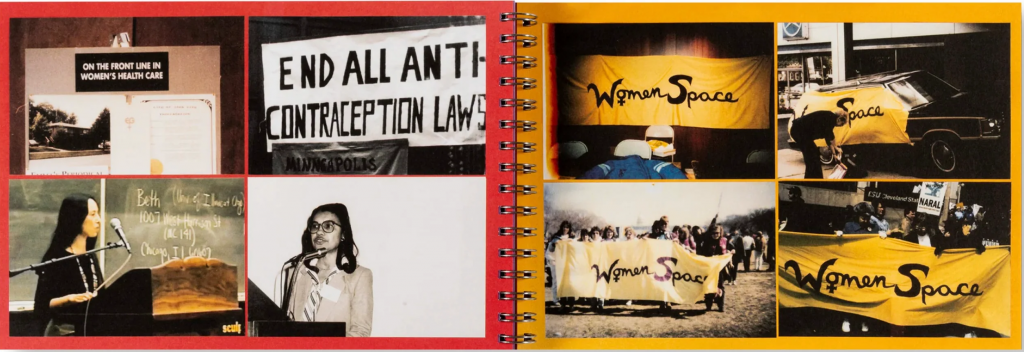
Then, a double-page spread hits me with a mosaic of eight images of hands in motion. Gloved fingers draw blood or clasp instruments with a tender precision, their gestures raw and intimate against backgrounds that pulse with life’s urgency. It reminds me so much of the tactile rituals in my own darkroom, where light and chemical reactions reveal hidden truths. It’s a contemplation on the quiet power of vulnerability and how it can foster communal bonds in the face of impermanence. The hands are not just performing a task, they are offering support, and in some cases, they are enacting the role of the patient themselves, as the staff members often posed to demystify the process. This profound act of solidarity is a central pillar of the book.
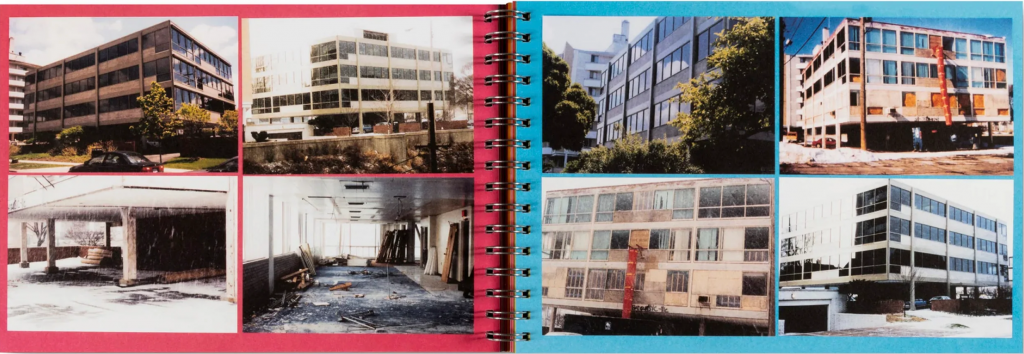
The book continues with a double-page spread filled with a mosaic of black and white vignettes capturing consultations. Figures are huddled together in dialogue around tables laden with notes. Their expressions are a moving blend of empathy and determination. This humanises the ongoing fight for autonomy, making it clear that this isn’t an abstract political issue, but a constant conversation between people who care deeply for one another. It stirs reflections on the role of memory in preserving these fleeting alliances in a world that seems bent on their erasure. The people within these pages, whose unseen labour is now made visible, have built upon a long legacy of feminist movement strategy. They are the unseen labourers of justice who should be lauded, not vilified.
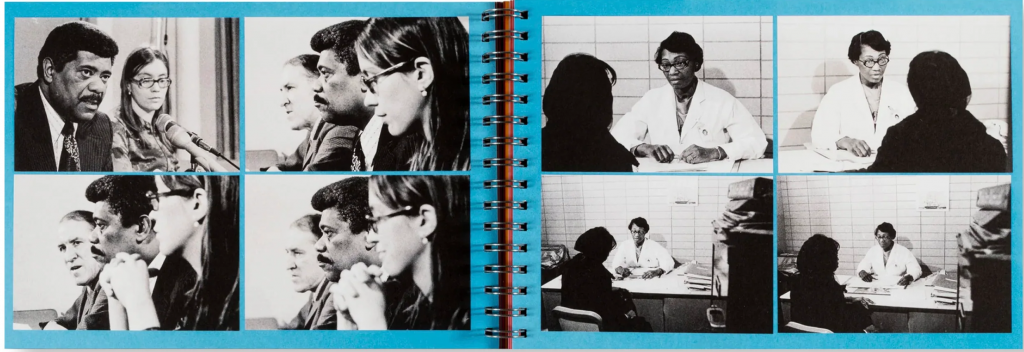
As I near the end, I meet another double-page spread with a mosaic of protest images. Signs are brandished high, declaring unyielding messages like pleas against restrictive laws, and crowds merge in fervent solidarity under open skies. This is the most visceral testament to collective resistance in the book. It echoes my own encounters with advocacy marches and forges a unique connection to broader inequalities, where art becomes a beacon for these overlooked narratives. It’s a reminder that this work is not just about the past, it’s about a struggle that continues relentlessly in the present moment.
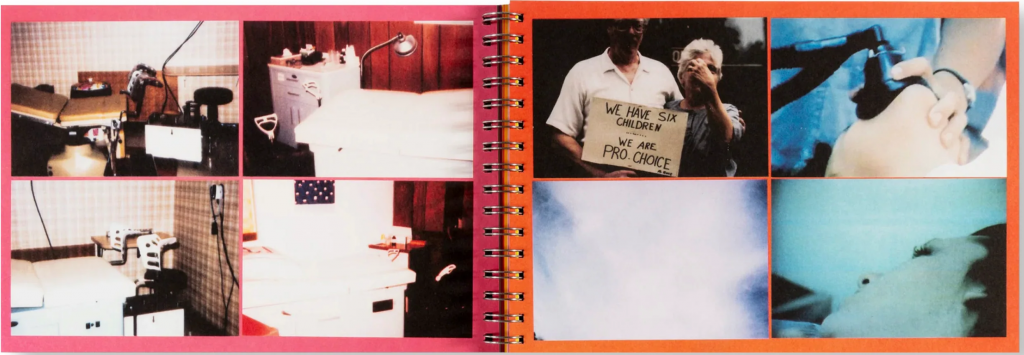
This book, a winner of The Author Book Award at the Rencontres d’Arles Book Awards in 2024, is a powerful antidote to the endless violence and misinformation that so often dominates our visual lexicon. It leaves me with a question that Winant herself has grappled with, “What if my work was reciprocal rather than extractive?”. It’s a simple idea that holds an urgent perspective on how pictures are made and who gets to make them. In the end, The Last Safe Abortion renews my conviction in photography’s fierce ability to honour the steadfast guardians of humanity, beckoning us to safeguard these vital threads of compassion with unyielding resolve.
Regards
Alex

